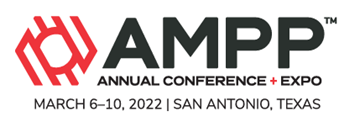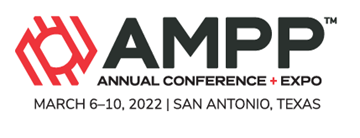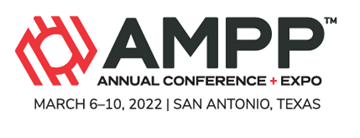Search
AMPP Conference Papers
View as
Sort by
Display
per page
A Review of the Effect of High-Pressure Hydrogen on Crack Growth of Pipeline Steels and an Assessment of their Suitability for Hydrogen Transportation Purpose
Product Number:
51324-21016-SG
Publication Date:
2024
$40.00
A Right Way To Calculate Pipe CP Potential Attenuation
Product Number:
51322-17599-SG
Publication Date:
2022
$20.00
A Road Map For Innovation In Microbiologically Influenced Corrosion (MIC) In The Gas Pipeline
Product Number:
51322-18204-SG
Publication Date:
2022
$20.00
A Semi-Empirical Model for the Prediction of Localized Corrosion of Titanium Alloys in Geothermal Energy Systems
Product Number:
51323-19075-SG
Publication Date:
2023
$20.00
A Study of Pipeline Integrity Management in Oil and Gas Production Facilities of Arabian Gulf Oil Company through Corrosion Management
Product Number:
MECC23-19898-SG
Publication Date:
2023
$20.00
A Study of the Compatibility of Carbon Steel for MEG Reclaiming Systems: Impact of pH Adjustment
Product Number:
51323-19467-SG
Publication Date:
2023
$20.00
A Study Of The Depolarization Phenomena In Soils And Remanence Of Corrosion Protection After CP Interruption
Product Number:
51322-17649-SG
Publication Date:
2022
$20.00
A Study of Various Parameters Affecting the Performance of Liquid-Applied Epoxy Pipeline Coatings
Product Number:
51323-19474-SG
Publication Date:
2023
$20.00
A Study on Tensile Characteristics (SSRT) of Pipeline Material (API 5L X52) Under High Pressure Hydrogen Environment
Product Number:
51323-19228-SG
Publication Date:
2023
$20.00
A Study on the Effect of Surface Profile on Pull-off Adhesion Strength Value of Organic Coatings
Product Number:
51323-19225-SG
Publication Date:
2023
$20.00
A Test Procedure To Evaluate ERW/HFW Pipe Seam Susceptibility To Embrittlement
Product Number:
51323-19135-SG
Publication Date:
2023
$20.00
A Theoretical Investigation On The Role Of Microstructural Particularities On The Hydrogen Embrittlement Of Nickel Alloys
Product Number:
51322-17718-SG
Publication Date:
2022
$20.00












